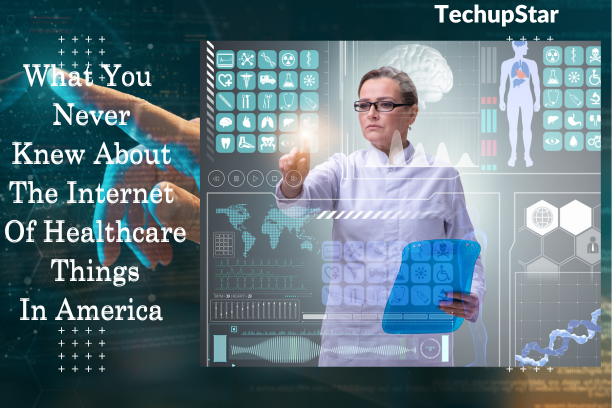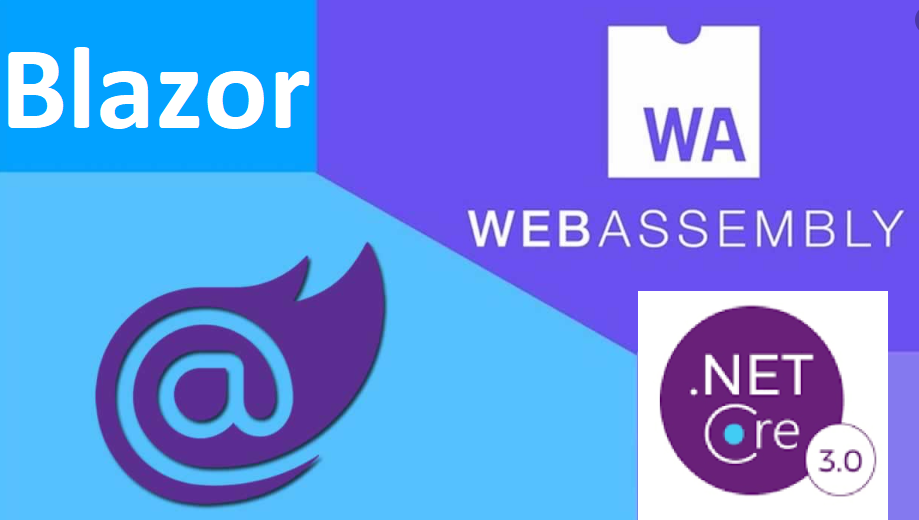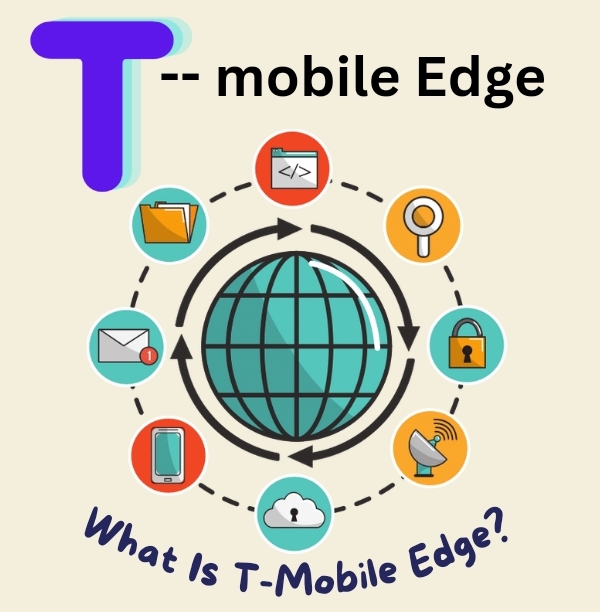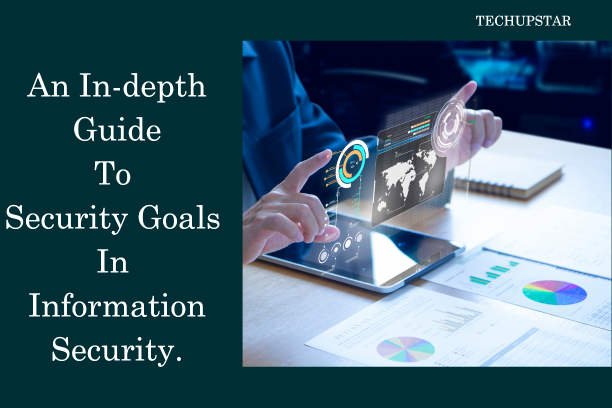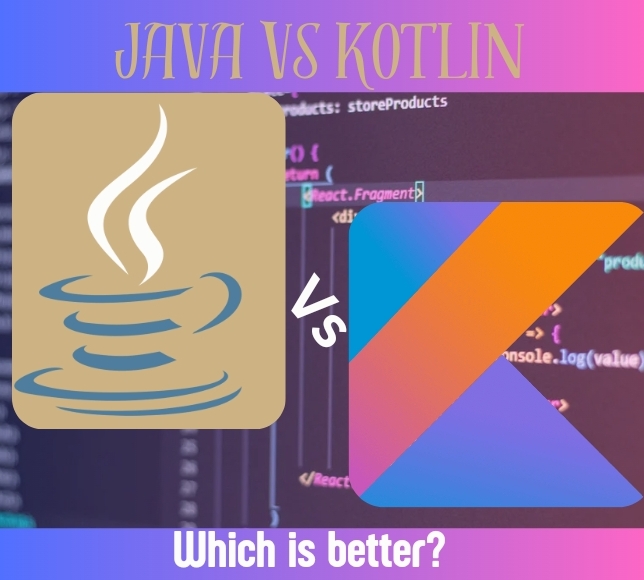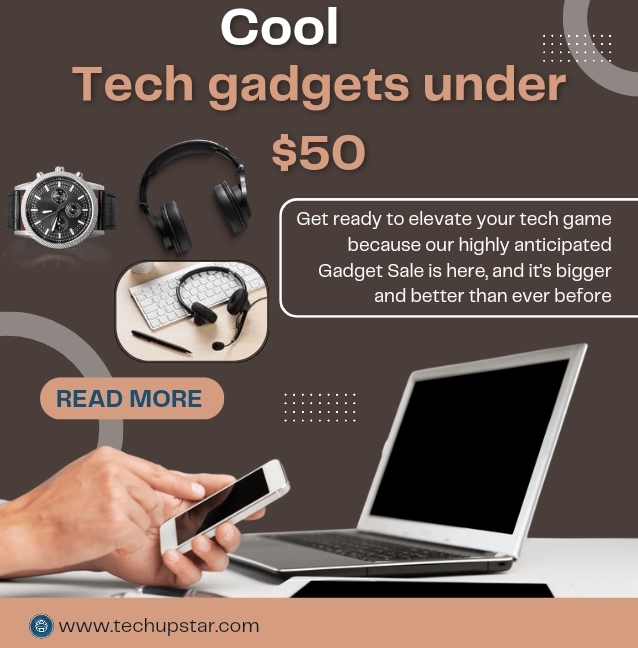In today’s increasingly advanced and connected world, the Internet of Things (IoT) has permeated various aspects of our daily lives, from smart homes to autonomous vehicles. But perhaps one of the most promising domains where the Internet of Things is making significant strides is in healthcare. The convergence of the Internet of Things and healthcare has given rise to the Internet of Healthcare Things(IoHT), a transformative force that is reshaping the healthcare landscape in America and beyond.
As the Internet of Healthcare Things continues to gain momentum and expand, it brings with it a wave of innovation that holds the potential to revolutionize healthcare delivery in America. By seamlessly integrating interconnected devices, sensors, and applications, the Internet of Healthcare Things empowers healthcare professionals with real-time data, facilitates remote patient monitoring, enhances preventive care, and enables personalized treatment plans. With every passing day, it continues to expand its footprint, transforming the way healthcare is accessed, delivered, and experienced.
This article will explore the transformative power of the Internet of Healthcare Things and its impact on healthcare.
Healthcare Internet of Things
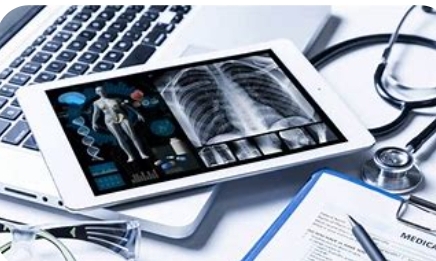
The healthcare Internet of Things refers to the network of medical devices, sensors, wearables, and applications that are connected to each other and the Internet, enabling the collection, exchange, and analysis of health-related data. This interconnected ecosystem holds immense potential to transform healthcare delivery, improve patient outcomes, and enhance the overall efficiency of the healthcare system.
The healthcare Internet of Things encompasses a wide range of devices and technologies that are used across various healthcare settings, including hospitals, clinics, nursing homes, and even in patients’ homes. These devices can include wearable fitness trackers, smartwatches, remote patient monitoring systems, implantable sensors, medical imaging equipment, and much more.
The healthcare Internet of Things holds tremendous potential to revolutionize healthcare delivery, improve patient care, and enhance the overall efficiency of the healthcare system. By harnessing the power of interconnected devices, real-time data, and advanced analytics, healthcare providers can deliver personalized care, enable remote monitoring, promote preventive medicine, and optimize treatment plans.
YOU CAL ALSO READ: HOW CONSUMER IOT PRODUCTS IS IMPROVING HOME SECURITY AND PERSONAL SAFETY
Benefits of the Internet of Things on Healthcare
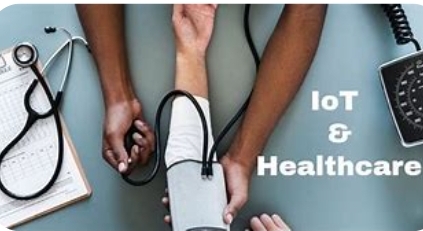
The Internet of Healthcare Things offers a variety of benefits that have the potential to improve healthcare delivery and patient outcomes significantly. Here are some key benefits of the Internet of Healthcare Things:
Read more: The Expert’s Guide To Targeted Ransomware Attacks – Protecting your Company from it.
- Remote Patient Monitoring: The Internet of Healthcare Things enables remote patient monitoring, allowing healthcare providers to collect real-time data on patients’ vital signs, medication adherence, and other health indicators from a distance.
This facilitates proactive and continuous monitoring, reduces the need for frequent hospital visits, and enables early detection of potential health issues. Remote monitoring is particularly valuable for patients with chronic conditions, elderly individuals, and those requiring post-operative or long-term care.
- Improved Patient Engagement and Empowerment:
Connected devices, such as wearable fitness trackers or smartwatches, empower patients to actively participate in managing their health.
These devices provide individuals with insights into their fitness levels, sleep patterns, and overall well-being, encouraging them to make informed decisions and adopt healthier lifestyle choices. Patient engagement promotes preventive care, enhances self-management, and fosters a sense of empowerment in managing one’s health..
- Personalized Medicine:
The Internet of Healthcare Things enables personalized medicine by leveraging real-time data from interconnected devices.
Healthcare providers can gather comprehensive information about patients’ health conditions, treatment responses, and lifestyle factors.
This data-driven approach allows for tailored treatment plans that consider individual patient needs, optimizing therapeutic outcomes and reducing the risk of adverse events.
Personalized medicine promotes precision healthcare by delivering targeted interventions based on a patient’s unique characteristics.
- Improved Efficiency and Workflow Optimization: The Internet of Healthcare Things enables the collection of vast amounts of health-related data.
Advanced analytics and artificial intelligence algorithms can process and analyze this data to identify patterns, predict disease outbreaks, optimize workflows, and allocate resources more efficiently.
Real-time data and insights derived from internet devices enable healthcare providers to make data-driven decisions, streamline processes, reduce inefficiencies, and deliver more targeted and timely care
Read more: 5 Cybersecurity Quotes You Have Not Heard Of Which Will Motivate and Make You laugh.
- Enhanced Emergency Response: In emergency situations, the Internet of Healthcare Things can play a vital role in improving response times and patient outcomes.
Connected devices and sensors can transmit critical patient data to emergency medical teams, enabling them to make informed decisions before arriving at the scene.
For instance, wearable devices can provide real-time data on a patient’s vital signs or location, allowing emergency responders to provide more targeted and effective care.
Read more: How to start a Career in Cyber Security With No Experience in the Uk
What is the Internet of Medical Things?
The Internet of Medical Things (IoMT) is a subset of the broader Internet of Things specifically focused on the application of connected medical devices, sensors, and systems within the healthcare industry. IoMT refers to the network of medical devices and equipment that are connected to each other and to the internet, allowing for the collection, exchange, and analysis of healthcare-related data.
The Internet of Medical Things encompasses a wide range of medical devices and technologies used in various healthcare settings, including hospitals, clinics, ambulatory care centers, and patients’ homes. These devices can include wearables, implantable devices, diagnostic equipment, remote monitoring systems, infusion pumps, imaging devices, and much more.
The main objective of the Internet of Medical Things is to enable the seamless integration of medical devices, collect real-time data, and facilitate communication and decision-making among healthcare professionals, patients, and caregivers. By connecting medical devices and systems, Internet of Medical Things aims to improve patient care, enhance clinical workflows, enable remote monitoring, and optimize healthcare outcomes.
Examples of Internet of Things in Healthcare
There are various exciting and outstanding manifestations or examples of the Internet of Things in Healthcare. These manifestations range from consumer applications to hospital use cases. Here are some examples of how the Internet of things has been applied to healthcare:
- Enhanced patient management of Asthma and Chronic Obstructive Pulmonary Diseases
- Efficient and convenient ingestible sensors are used to probe a patient’s intestinal tract.
- Robotic surgeries
- The first responder communication system
- Effective patient care and independence through remote monitoring, etc.
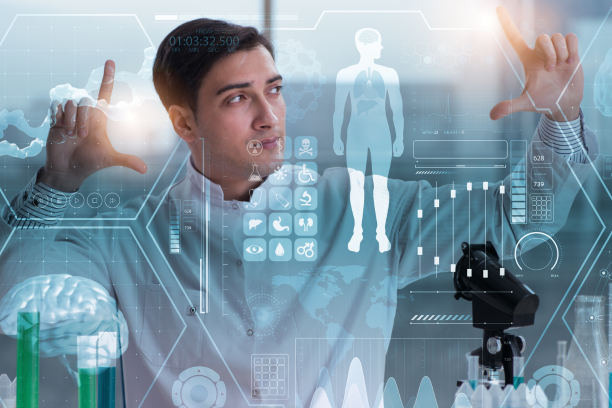
How The Internet Has Changed Healthcare
The internet has had a huge and significant impact on the healthcare industry. Through the internet, various aspects of healthcare delivery, patient care and information management have been transformed and improved.
The internet has improved access to healthcare information. This way, patients and healthcare professionals can now easily access healthcare information and source materials and keep them actively participating in their care.
The growth of telemedicine has also been facilitated by the internet enabling healthcare professionals to provide remote consultations, diagnosis, and treatment to patients.
Effective communication and collaboration between healthcare professionals has also been facilitated through the Internet. This has enabled improved healthcare coordination and faster and more informed decision-making.
The internet has fostered the creation of various health communities online where patients and healthcare professionals can come together and share their experiences.
Overall, the internet has transformed healthcare by improving access to information, enabling remote care, enhancing communication and collaboration, facilitating data exchange and analysis, and promoting patient engagement. It continues to shape the future of healthcare, driving innovation, improving outcomes, and expanding the possibilities for delivering quality care.
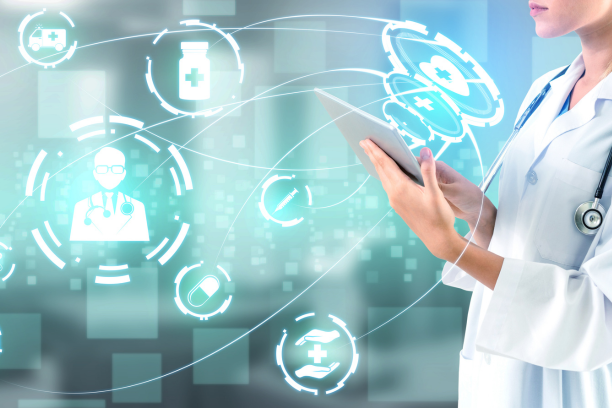
The Internet of Things in Healthcare Potential Applications and Challenges
The Internet of Healthcare Things has continued to prove that it possesses great potential to be applied in diverse fields. Equally, it faces various challenges. Let us explore both the potential applications and challenges of the Internet of Healthcare Things.
Potential Applications of the Internet of Healthcare Things :
- The Internet of Things allows for continuous remote monitoring of patients allowing healthcare providers to track patients’ health in real time, detect anomalies, and intervene proactively.
- Through the Internet of Healthcare Things, telemedicine is facilitated. Telemedicine enables remote consultations between healthcare professionals and patients through video calls, secure messaging, etc.
- Chronic Disease Management: the Internet of Healthcare Things has improved the management of chronic diseases. Through connected devices and apps, individuals can now monitor chronic conditions like diabetes, asthma, and hypertension and react quickly to any anomaly.
- The Internet of Healthcare Things has also been applied to facilitate data collection for health research and clinical trials. Connected devices can be used to gather real-time data from study participants, ensuring accurate and comprehensive data collection.
Potential Challenges of the Internet of Healthcare Things:
- Reliability and Safety: IoT devices may not be reliable and safe for use in healthcare settings. System malfunctions, connectivity issues, or inaccurate data can have serious implications for patient care.
- Ethical Challenges: The use of Internet devices in healthcare could raise several ethical issues related to consent, data ownership, and the appropriate use of patient data.
- The use of devices in the Internet of Healthcare Things still remains subject to the laws and privacy of individuals. Compliance with these laws could sometimes pose an obstacle to growth and expansion of the Internet of Healthcare Things.
- Internet devices in healthcare often come from different manufacturers and may use different communication protocols. These variances could pose an obstacle to effective communication between healthcare professionals and patients.
YOU CAL ALSO READ: MEDICAL ROBOTS: EVERYTHING YOU NEED TO KNOW ABOUT MEDICAL ROBOTS
The Internet of Things in Healthcare: A Comprehensive Survey
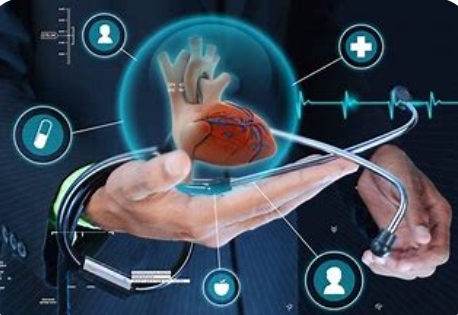
The Internet of Things has proven over time to be of huge importance to the healthcare industry. It has brought various innovations that have improved the healthcare administration.
Due to the various ways it can be applied to enhance the provision of healthcare services, its significance can never be overstated. The Internet of Things can be applied in various ways to create various benefits for patients and healthcare professionals.
However, like every other concept, it is equally faced with a lot of challenges and limitations.
Overall, the real world implementations of the Internet of Things in Healthcare continue to prove its importance and the immense contributions it has made and will potentially add to the healthcare industry.
SUMMARY ENDNOTE:
The Internet of Healthcare Things or the Internet of Medical Things are referring to the same terms, and such can be used interchangeably.
The healthcare Internet of Things or the Internet of medical things (loMT) is simply the interconnection of healthcare devices and applications that connect to medical information technology systems through computer networks.
There are several benefits that IoMT brought into the Medical field as well as challenges that still limit its use.
